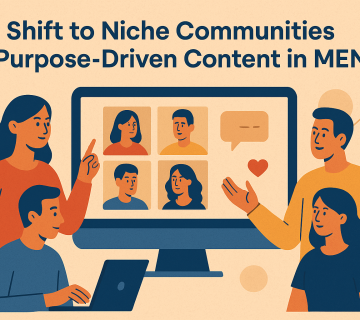As social media platforms continue to evolve, a new trend is emerging: the rise of “super apps.” Simply put, super apps are applications that offer a wide range of services beyond their core offering. Therefore, super apps represent the convergence of multiple functions into a single platform. Notably, many apps are originating in Asia, where they are becoming increasingly popular.
WeChat, owned by Chinese tech giant Tencent, is often cited as the quintessential super app. In addition to messaging, WeChat offers services like social media, mobile payments, food delivery, ride-hailing, gaming and more all within the same app. Similarly, Grab from Southeast Asia and Gojek from Indonesia offer services like ride-hailing, food delivery, mobile payments and digital banking.
One advantage of super apps is:
Convenience.
By providing various unrelated services through one application, super apps give users one platform to fulfill many needs. This reduces the burden of downloading and managing multiple individual apps. Users also benefit from single sign-on and unified profiles across services. Another advantage is:
Network Effects.
As more users join a super app for one service, it attracts more merchants for other services. This, in turn, attracts more users and so on. As the network expands for one part of the app, it benefits other parts as well. These network effects allow these apps to capture greater market share across sectors.
As social media platforms look to monetize and diversify revenue streams, some are now transforming into super apps themselves. Facebook launched Facebook Pay as a unified payment system across its apps. It has also explored e-commerce integrations and financial services. Snapchat has expanded into gaming and mobile payments to supplement advertising revenue.
However, social media companies face challenges becoming apps, including user comfort levels. Users may balk at sharing personal data with platforms they only trust for social networking. Replicating the network effects of Asian super apps could also prove difficult in the West. Regulators may closely scrutinize expansions by dominant social media firms into adjacent sectors.
In conclusion, while the emergence of super apps reflects convergence trends in technology, established social media platforms face roadblocks in their own transformations. Leveraging existing massive user bases and data advantages could give Western social media giants an initial edge. However, providing sufficient value across diverse services and navigating regulatory pressures may represent the ultimate tests of whether social media can indeed become the next generation of new apps.




